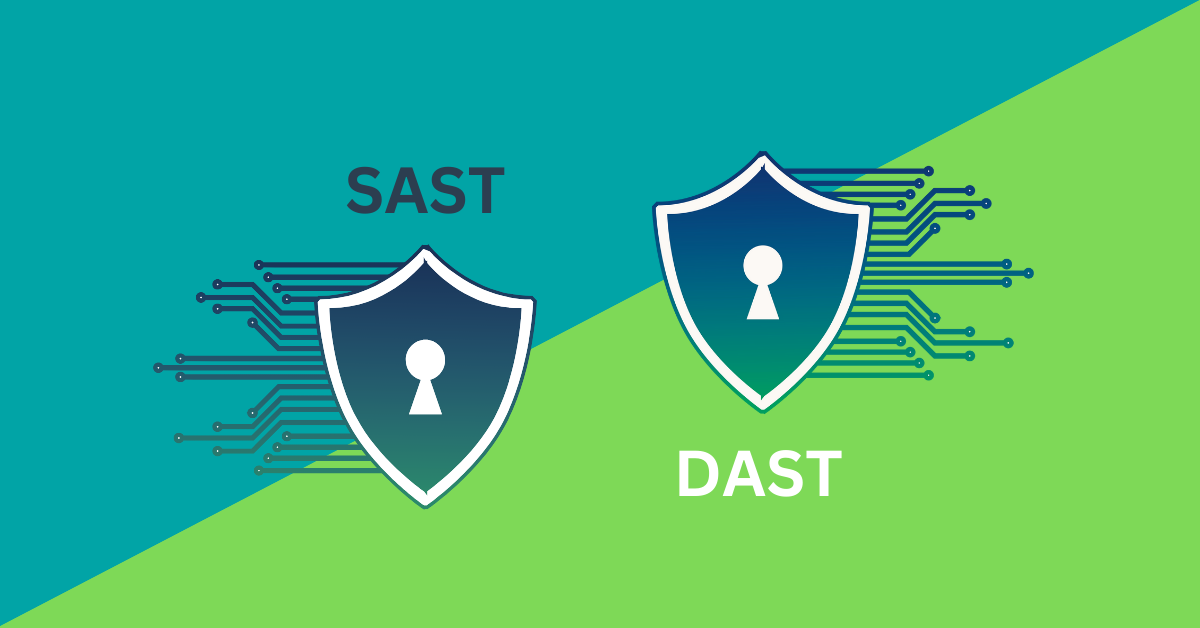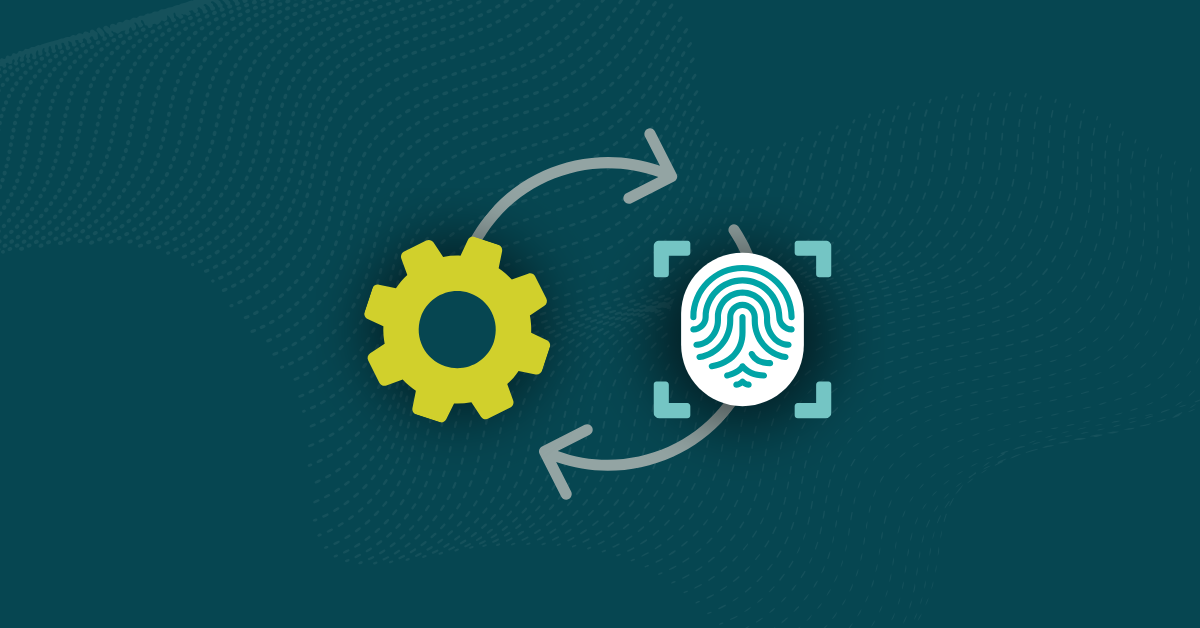

Every developer sets out to write bug-free code that runs as it should, meets client requirements, and doesn’t expose sensitive data. Unfortunately, time constraints, inexperience, and inattention lead to the release of applications full of security vulnerabilities.
Attackers use every trick in the book to exploit those weaknesses and find a way to manipulate the application for various purposes. Defending code against static and dynamic attacks becomes easier when you employ techniques designed to close the loopholes hackers like to go after.
Static cyber attacks target security vulnerabilities in systems and software caused by design, configuration, or implementation flaws. Examples of static cyberattacks include:
Attackers inject malicious code into applications and systems by exploiting vulnerabilities resulting from bad coding practices, including logic flaws. One example is a developer failing to add input validation to a text field on a web form. Once malware gains access to the application, it can spread to other sensitive organizational areas, potentially leading to issues such as data breaches.
Buffers are sequential sections of memory that contain information, such as character strings or arrays. Attackers attempt to write outside the bounds of the allocated memory, resulting in data corruption, a crashed program, or the execution of malicious code.
Encryption processes protect data from unauthorized access. Poor key management can lead to data breaches. For example, if you use hard-coded keys in your software, a hacker could compromise them to tamper with sensitive information.
Organizations rely on access control policies to protect digital spaces and prevent unauthorized users from accessing apps, data, and resources. If you fail to revoke the rights of a user who changes roles or leaves the company, they could use that permission to steal data or perform other malicious actions.
Examples of security misconfigurations include failing to change the default settings on new software and making storage buckets in cloud infrastructure publicly accessible. Bad actors use security misconfigurations to install malware within networks and access sensitive database information.
Dynamic attacks target vulnerabilities exposed in actively running applications. Examples of real-time flaws that hackers go after include:
Hackers typically distribute malware through emails, software, and malicious websites. Inadvertently downloading malware from one of those sources can immediately infect systems and start causing damage like:
Hackers use input fields in websites and other applications to insert malicious SQL code. If successful, they can launch attacks designed to extract sensitive information, execute arbitrary commands, or manipulate databases to gain unauthorized access.
Cross-site scripting (XSS) attacks involve inserting malicious scripts into web pages written in languages such as JavaScript. When users inadvertently trigger scripts within their browsers, attackers can perform actions such as stealing cookies or taking over the user’s account.
DDoS attacks flood systems and networks with large volumes of traffic, making them inaccessible to regular users. Hackers orchestrate DDoS attacks using botnets or compromised devices. The disruption can lead to financial losses and extortion of organizations to get the attackers to restore activity.
Static analysis examines various methods for exploiting applications without executing them. It helps find vulnerabilities caused by coding errors and syntax issues. Static Application Security Testing, or SAST, is a static analysis technique that focuses on identifying weaknesses in source code, configuration files, and binaries. Examples of techniques used in SAST include:
In contrast to static analysis, dynamic analysis involves examining how code operates while it is executing. Dynamic application security testing (DAST) tools interact with applications to evaluate their behavior during runtime and locate potential security weaknesses. Examples of techniques used in DAST include:
Kiuwan understands the importance of defending applications against cyber attacks. Our end-to-end security platform provides teams with everything needed to perform SAST analysis, identifying and remedying application vulnerabilities. Our platform also performs security assessments on open-source components to ensure code quality.
One of the benefits of using Kiuwan for application security testing is that it supports over 30 languages and integrates with multiple IDEs. Our team can help you quickly become proficient in ensuring the security of your organization’s products, both internally and externally. Curious? Request a free demo to see it in action.


